People
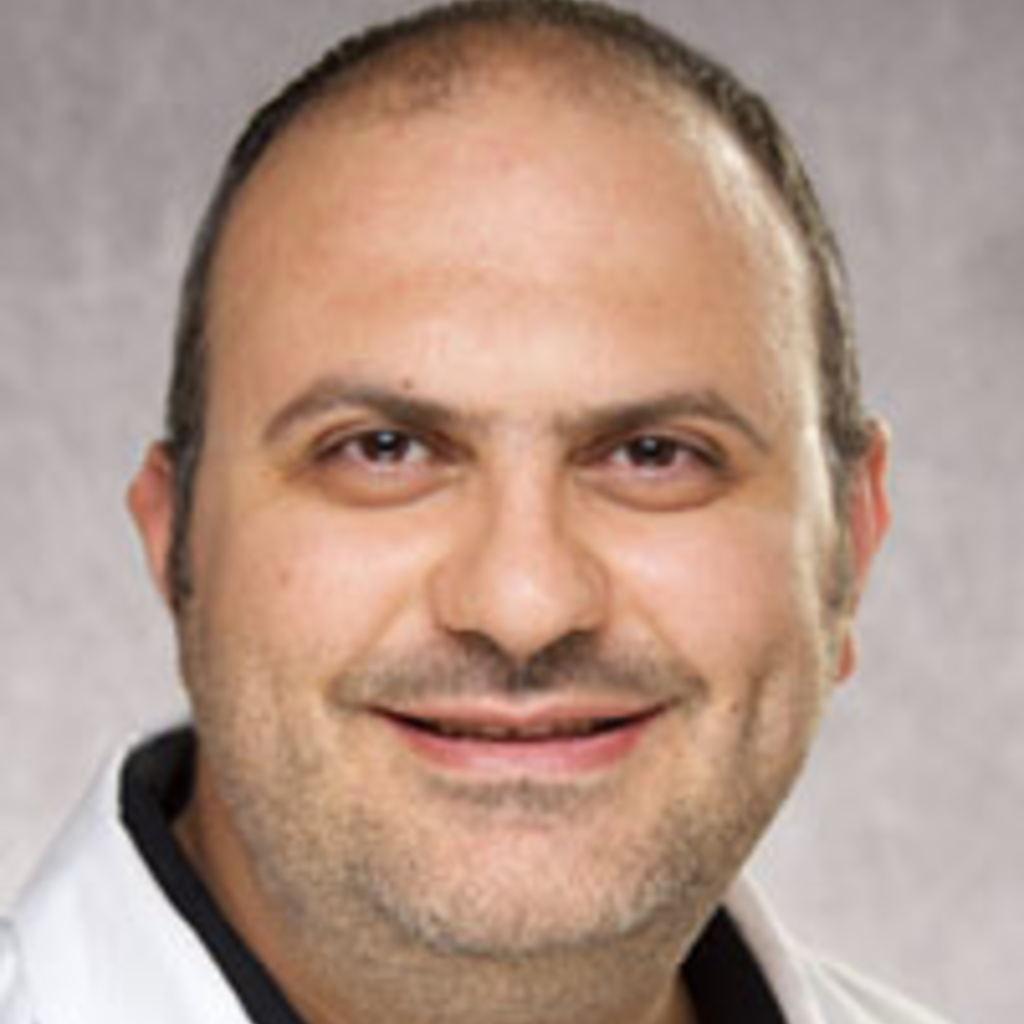
Mahmoud Abou Alaiwa, MD
Title/Position
Assistant Professor, Internal Medicine - Pulmonary, Critical Care and Occupational Medicine
Research Interest: Bronchoscopy, human Cystic Fibrosis, mucociliary transport, and quantitative lung imaging
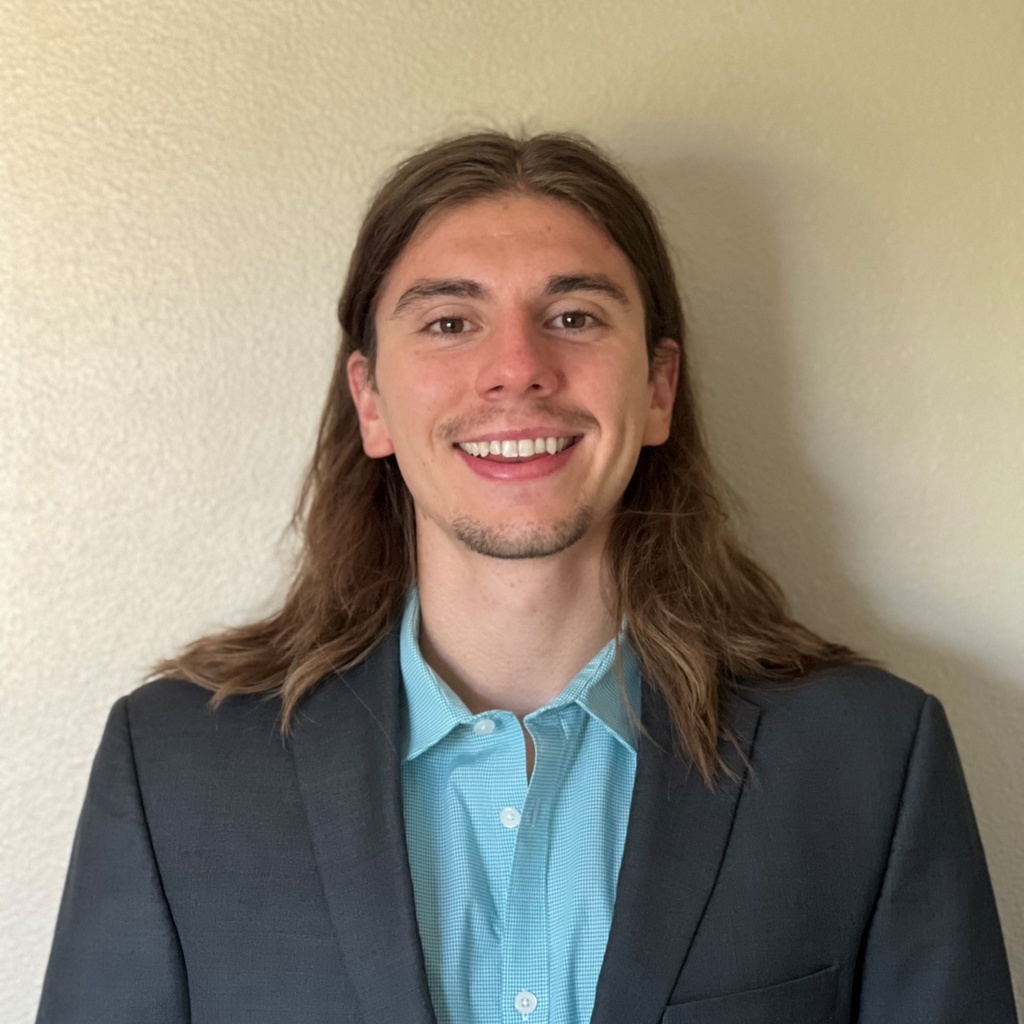
Zachary Althof
Zac Althof studies the fissures that divide the lobes of the lung through deep learning. His work has developed an automated method for assessing the completeness of these fissures (degree to which they separate the lobes in the lung). Because a lack of fissure completeness has been shown to be a biomarker of airflow between lobes, assessing fissure completeness from CT images offers a non-invasive method to screen for treatments that aim to improve patient quality of life through blocking airflow to diseased regions. The next step in his PhD is deploying this automated method on large cohorts of data, seeking to understand fissure completeness trends within the population and its link to pulmonary biomechanics and chronic diseases such as COPD.
James Ankrum, PhD
Title/Position
Associate Professor of Biomedical Engineering
Research Interest: Cell based therapies, microenvironmental control of cell phenotype, pancreatic beta cell therapy

T. Renée Anthony, PhD
Title/Position
Professor of Occupational and Environmental Health
Research Interest: Occupational hygiene, exposure assessment and computational fluid dynamics modeling

Reinhardt Beichel, PhD
Title/Position
Professor of Electrical and Computer Engineering
Research Interest: Medical computer vision and graphics, lung image analysis, PET image analysis

John Buatti, MD
Title/Position
Professor and Chair of Radiation Oncology
Research Interest: Applying advanced imaging modalities into radiation treatment techniques
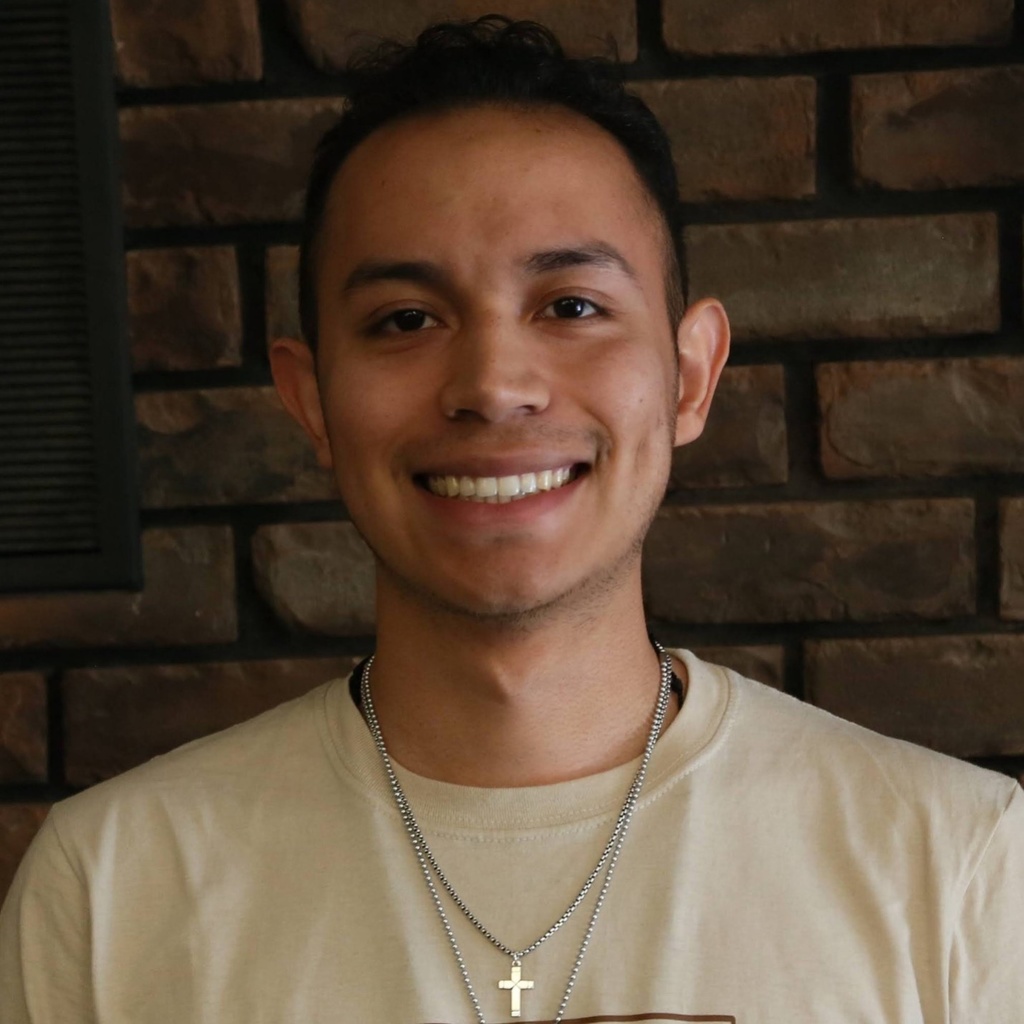
Joshua Carrizales
Joshua Carrizales works on improving radiation therapy for lung cancer patients using artificial intelligence. His work focuses on correcting corrupted four-dimensional computed tomography (4DCT) images that are commonly used to plan radiation therapy. His work was well received at the 2022 National GEM Consortium conference as he was awarded 1st place in the technical presentation competition for the early PhD group. Moving forward in his PhD, Joshua hopes to develop automated tools to help in the treatment of cancer patients.

Gary Christensen, PhD
Title/Position
Professor of Electrical and Computer Engineering
Research Interest: Medical imaging, image & signal processing
Erik Cole
Title/Position
Graduate Research Assistant
Mentor: Dr. Joseph Reinhardt
Identifying COPD severity and predicting COPD progression from CT images can help identify the way in which an individual is affected by COPD. The structure of the airways (airway size, length, branching angle) is not commonly studied in relation to disease progression. We apply machine learning techniques to study the airways that are segmented from the CT images. Through unsupervised learning techniques such as clustering trends can emerge. In addition, I am utilizing graph neural networks to allow for more complicated comparisons to be made. In the future this will allow us to define COPD phenotypes and broadly classify how the disease progresses over time.

Alejandro Comellas Freymond, MD
Title/Position
Clinical Professor of Internal Medicine - Pulmonary, Critical Care and Occupational Medicine
Research Interest: Lung injury and ambient air pollution resulting in COPD, asthma

Akor Emmanuel
Acute Respiratory Distress Syndrome (ARDS) is a type of respiratory failure characterized by the heterogeneity of regional mechanical properties of the injured lungs. Currently, no drug has proven to be effective in managing ARDS, hence intubation and mechanical ventilation is the support mechanism used in addressing this pathophysiology. Simulating the mechanical ventilatory-induced lung behavior in-silico using computational methods is ideal to allow for varying frequencies and tidal-volume combinations to be assessed for each ventilation type. Hence, my research objective is to investigate the structure-function changes of the ARDS lung under mechanical ventilation using computed tomographic images. This objective will be met by developing patient-specific forward computational models that can predict ventilation, airflow distribution, and tissue structure deformation.

John Engelhardt, PhD
Title/Position
Professor and Chair of Anatomy and Cell Biology
Research Interest: Molecular basis of cystic fibrosis disease pathologies

Ali Eskandari
Title/Position
Postdoctoral Research Fellow
I use dual-energy CT to assess pulmonary parenchymal perfusion characteristics in a large multi-center study (MESA Lung) serving to phenotype risks for chronic obstructive pulmonary disease. Our working hypothesis is that individuals shutting down perfusion in inflamed parenchymal regions will be most susceptible to the development of emphysema. My role has been evaluating the images of 750 volunteers, developing metrics serving to characterize both the scan characteristics as well as to characterize the pulmonary pathologic indices. My experience with DECT of the lung has extended to evaluating similar scans of patients being evaluated for pulmonary emboli with a diagnosis of COVID-19, and utilizing our texture analysis software to evaluate non-contrast scans of COVID-19 patients for signs which seem to indicate micro-embolic disorders whereby normal-appearing lung tissues are hypo-lucent and characterized as emphysema.

Sean B. Fain, PhD
Title/Position
Professor and Vice Chair for Research, Department of Radiology
Research Interest: Magnetic resonance imaging methods for lung disease, Quantitative and functional imaging measures and applications in asthma, Cystic fibrosis and interstitial lung disease
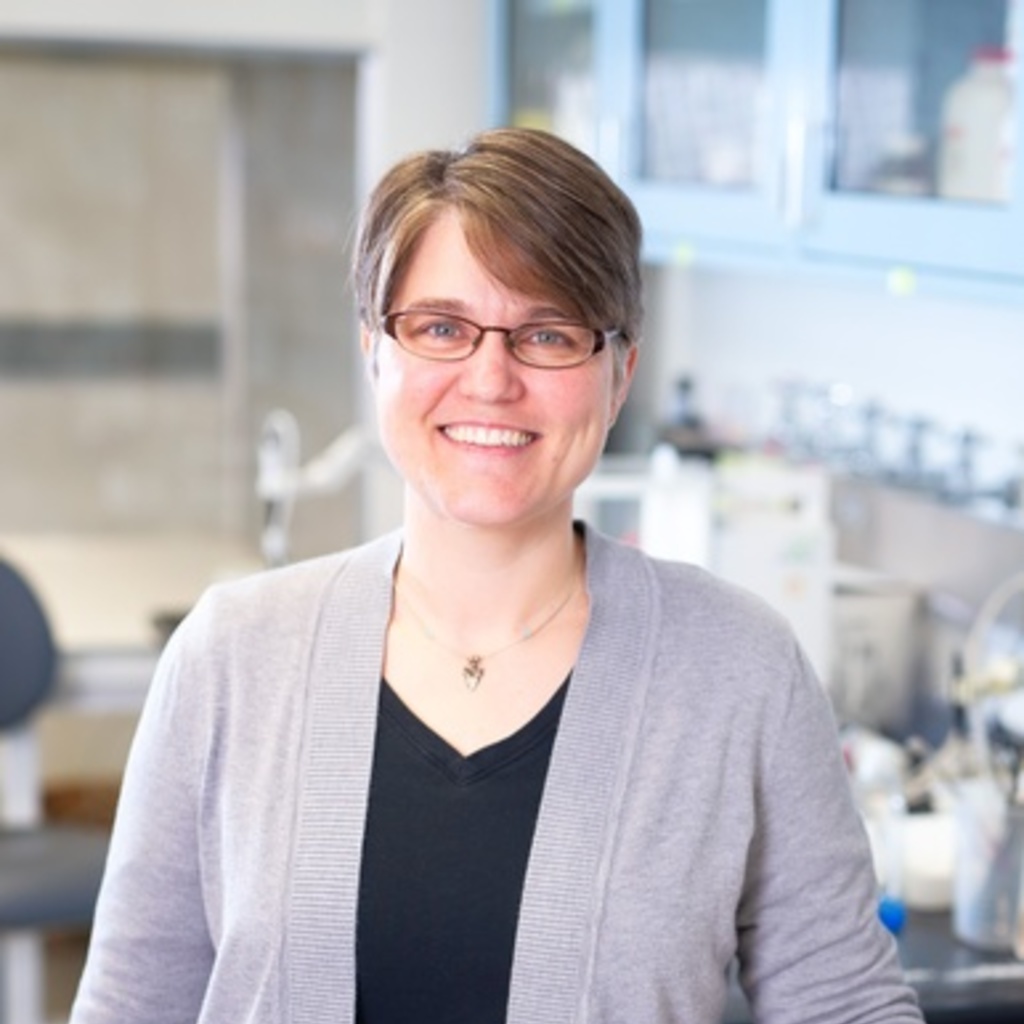
Jennifer Fiegel, PhD
Title/Position
Associate Professor of Chemical and Biochemical Engineering
Research Interest: Drug delivery, polymeric biomaterials, nano and microtechnology, airborne infectious diseases

R. William Field, PhD
Title/Position
Professor of Occupational and Environmental Health
Research Interest: Pulmonary diseases, radon measurement and health effects, occupational and environmental epidemiology
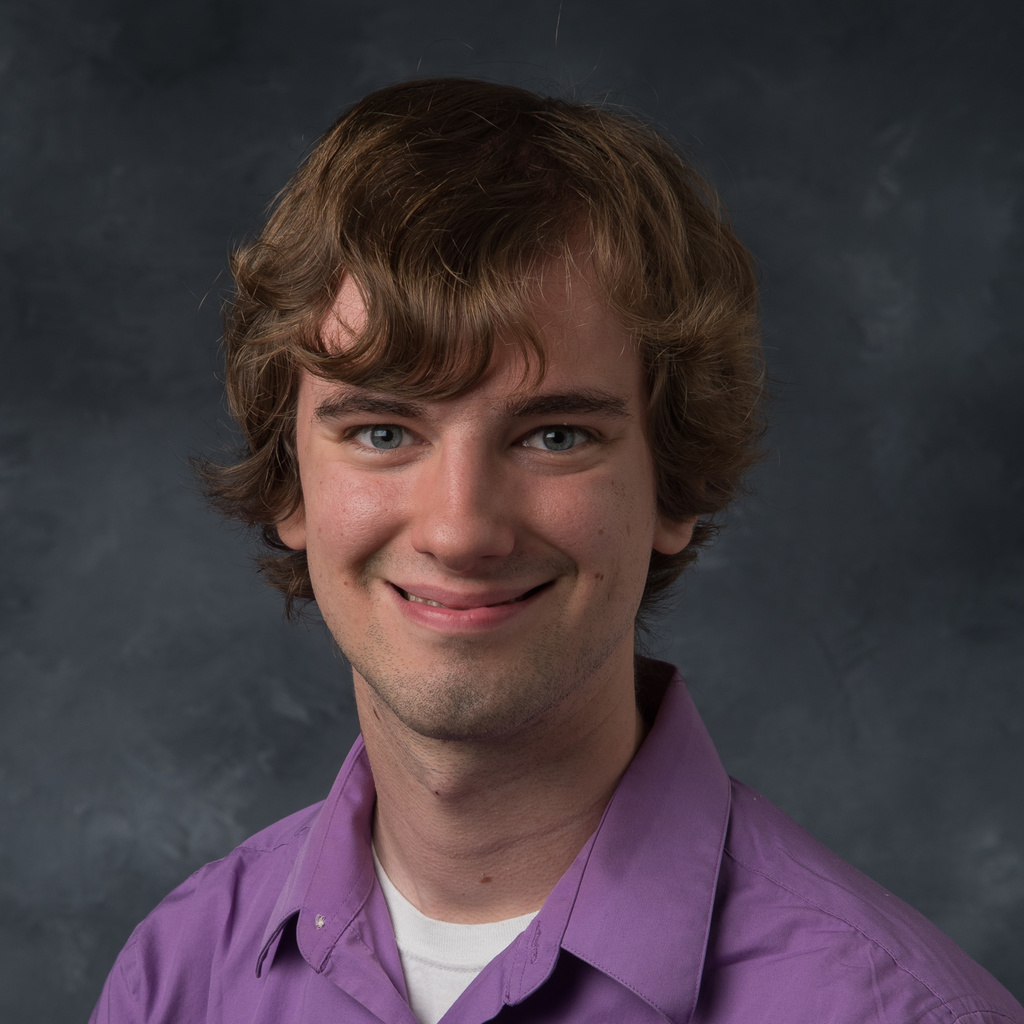
Adam Galloy
Title/Position
Graduate Research Assistant
Mentor: Dr. M.L. Suresh Raghavan
Lung mechanics can provide a scientific basis for developing new tools to diagnose, characterize, and treat lung diseases. One often overlooked aspect of lung mechanics is the sliding motion between the five lobes of the lungs. Although most people have complete lobe boundaries that allow for sliding between lung lobes, some people may have incomplete or deteriorated lobe boundaries that can prevent sliding and affect breathing mechanics. The goal of my research is to improve our understanding of how lobar sliding (or the lack thereof) affects the mechanics of breathing. To achieve this goal, I use computational mechanics and medical image processing techniques such as finite element analysis and deformable image registration to model and characterize lobar sliding and its impact on breathing.
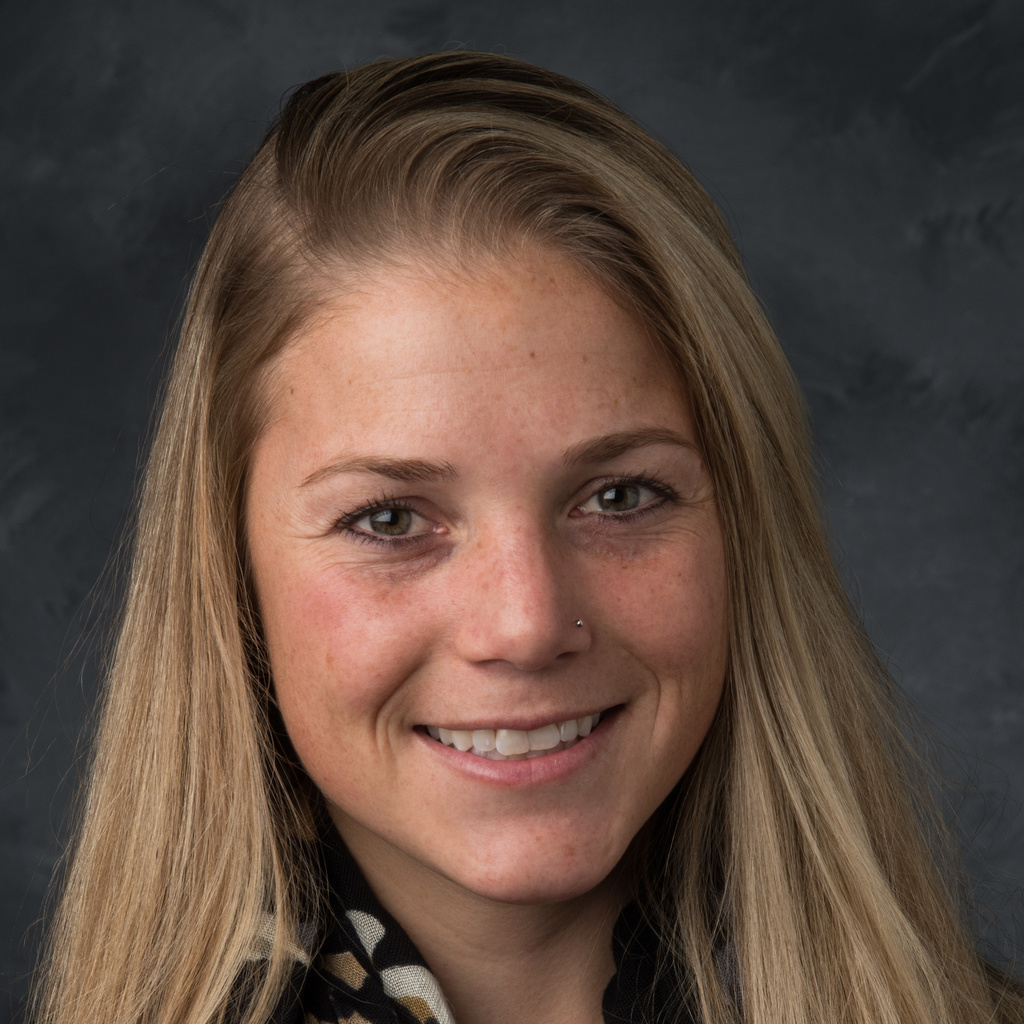
Sarah Gerard, PhD
Title/Position
Postdoctoral Research Fellow
Pulmonary vasculature patterns measured in high-resolution computed tomography (CT) images provide valuable features for characterizing lung diseases. The pulmonary vasculature consists of arterial and veinous subtrees which may be affected differently by different lung diseases. Artery and vein separation in CT is a challenging task due to similar intensity, close proximity, small size, and complex branching structure. The main focus of my research is to develop novel deep learning tools to automatically segment the vasculature and separate the vasculature into the arterial and veinous subtrees. These tools will be used to analyze large datasets of CT and dual-energy CT images from multi-institutional clinical trials and develop novel phenotypes of vasculature patterns in pulmonary diseases such as COPD.

Alicia Gerke, MD, MBA
Title/Position
Associate Professor of Internal Medicine - Pulmonary, Critical Care and Occupational Medicine
Research Interest: Critical care medicine, pulmonary diseases

Eric A. Hoffman, PhD
Title/Position
Professor of Radiology - Division of Physiologic Imaging
Research Interest: Advanced imaging methodologies to study basic respiratory physiology centered largely on mechanisms of ventilation and perfusion heterogeneity and regional lung mechanics

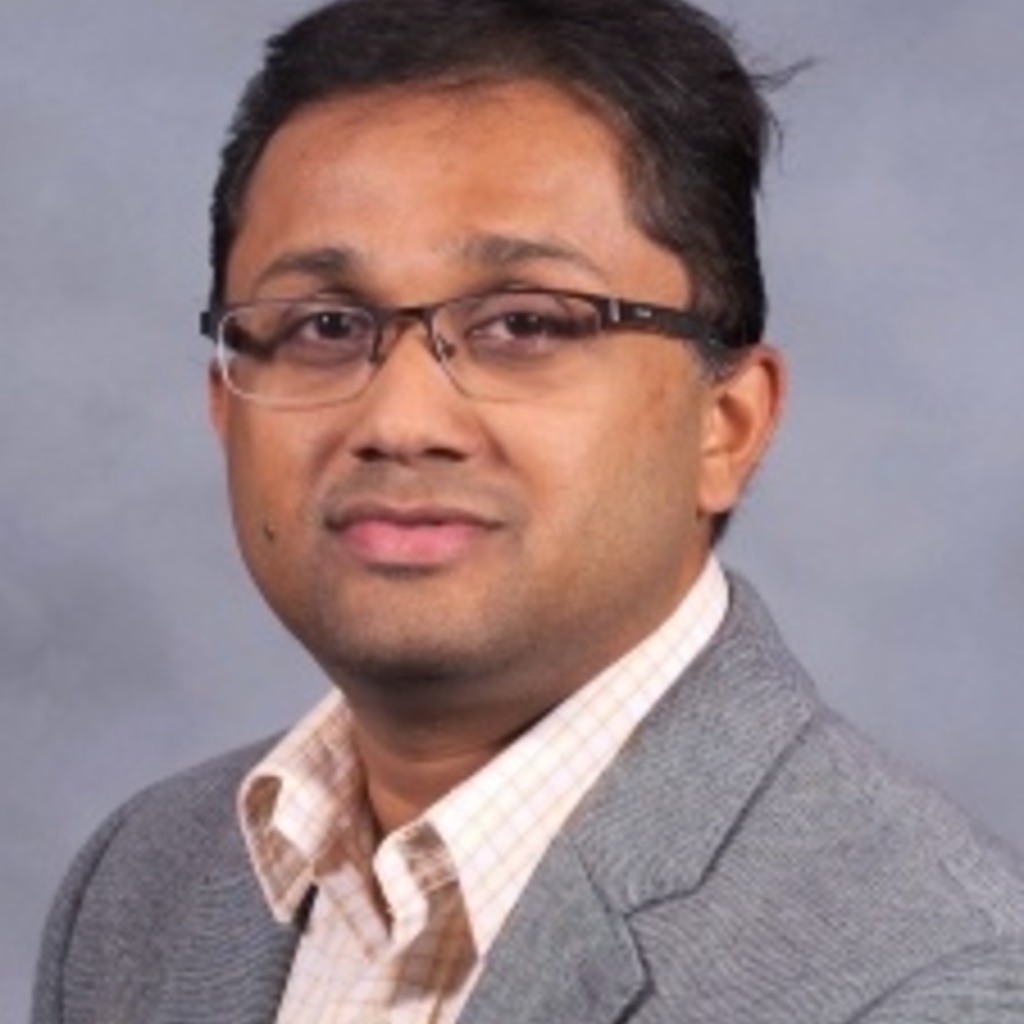
Mathews Jacob, PhD
Title/Position
Associate Professor of Electrical and Computer Engineering
Research Interest: Imaging processing, computer aided therapy planning

Hans Johnson, PhD
Title/Position
Associate Professor of Electrical and Computer Engineering
Research Interest: Large scale, heterogeneous, multi-site data collections using modern High Performance Computing (HPC) resources

David Kaczka, MD, PhD
Title/Position
Associate Professor of Anesthesia
Research Interest: Respiratory physiology, respiratory mechanics, patient monitoring
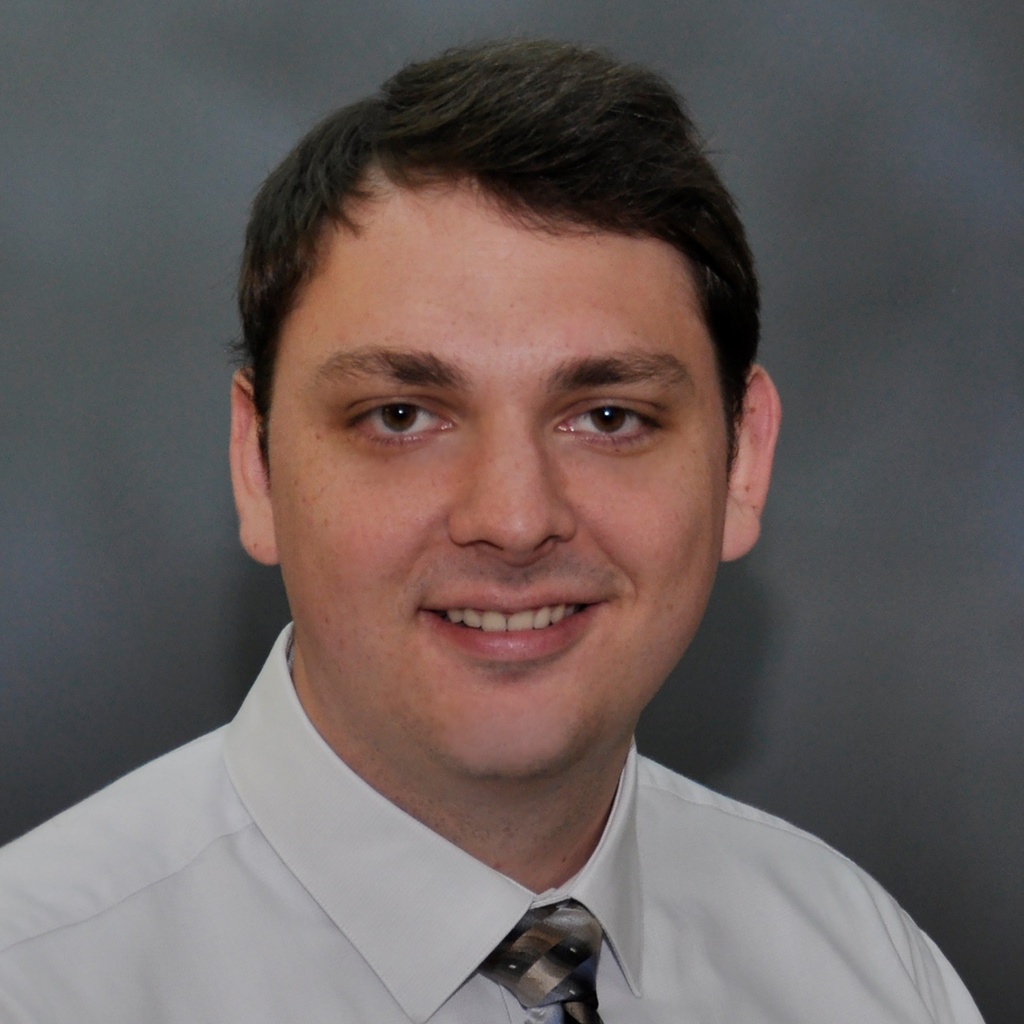
Kevin Knoernschild
My research is focused on training machine learning classification models for lung cancer risk prediction, as well as rapid Chronic Obstructive Pulmonary Disease (COPD) progression prediction. My current role is data preprocessing and standardization of thousands of low dose computed tomography (LDCT) lung images from the National Lung Screening Trial (NLST). Additionally, I am developing a semi-automated pulmonary nodule segmentation method for the NLST cohort, which contains a large range of different image reconstructions, pulmonary nodule types, and pulmonary nodule sizes. This image standardization and pulmonary segmentation work is in preparation for quantitative radiomic feature extraction of the pulmonary nodules, which will be used alongside DNA methylation data as the basis for training our machine learning models for lung cancer risk prediction, as well as whole lung rapid COPD progression prediction.
Frank Li
Title/Position
Graduate Research Assistant
Mentor: Dr. Ching-Long Lin
My research is mainly about discovering potential phenotypes of lung diseases or subgroups of patients with lung diseases, and then simulating airflow different diseased lungs. We apply digital image processing, deep learning techniques, and big data analytics on cohorts with large amount of computed tomography (CT) images to search for possible phenotypes or subgroups. With computational fluid dynamics (CFD), we are able to simulate the airflow in the lungs, hoping to provide guidance for the doctors to customize treatments for different phenotypes or subgroups and help the patients to better manage their disease. The topics that we are currently working on are Chronic Obstructive Pulmonary Disease (COPD) and Humidifier Disinfectant-associated Lung Injuries (HDLI).

Ching-Long Lin, PhD
Title/Position
Professor of Mechanical Engineering
Research Interest: Multiscale simulation of gas flow and particle transport in the human lungs, turbulent flow in complex geometry, fluid-structure interaction, and parallel computing
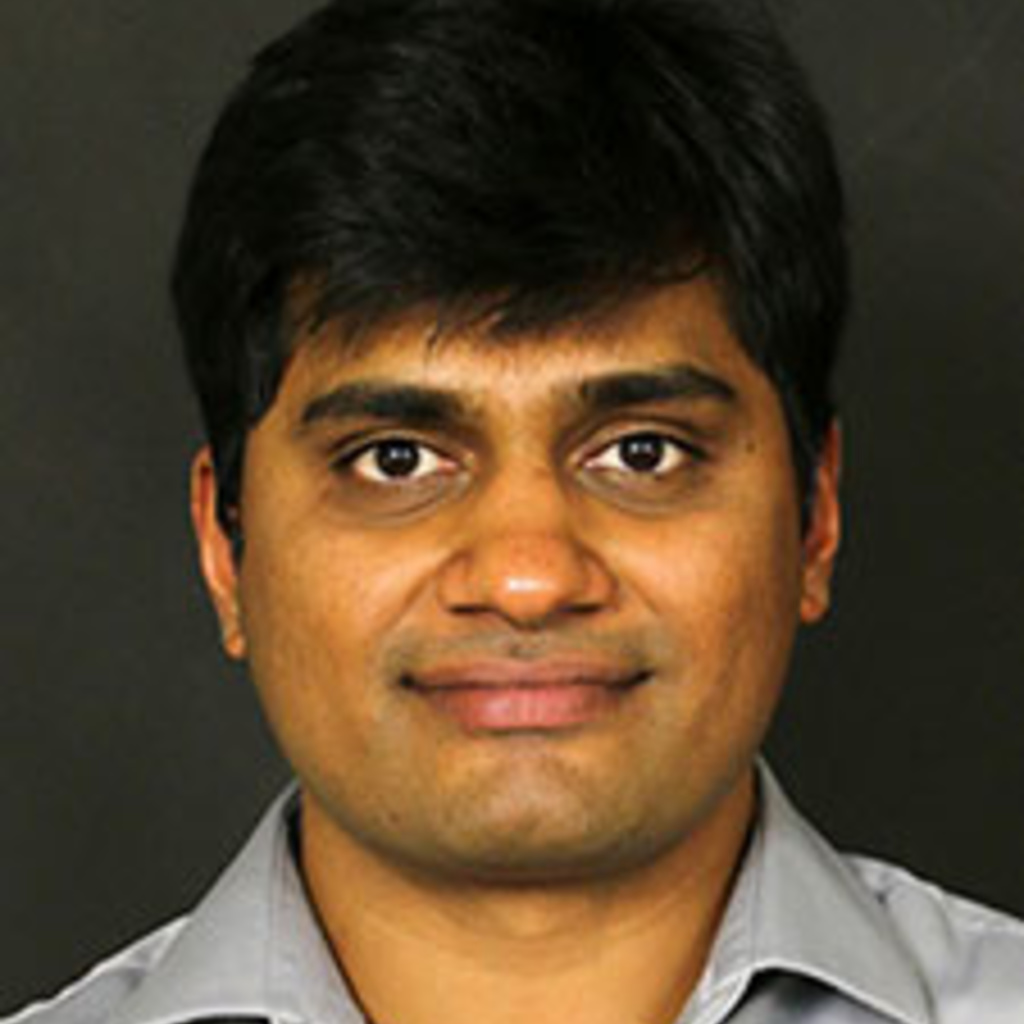
Sajan Goud Lingala, PhD
Title/Position
Assistant Professor of Biomedical Engineering
Research Interests: Novel Magnetic Resonance Imaging acquisition and reconstruction methods for rapid imaging, Real-time MRI of upper-airway dynamics, eg. during speech, swallowing

Charles Lynch, PhD
Title/Position
Professor of Epidemiology
Research Interest: Environmental epidemiology, cancer surveillance, cancer etiology, and cancer prevention and control
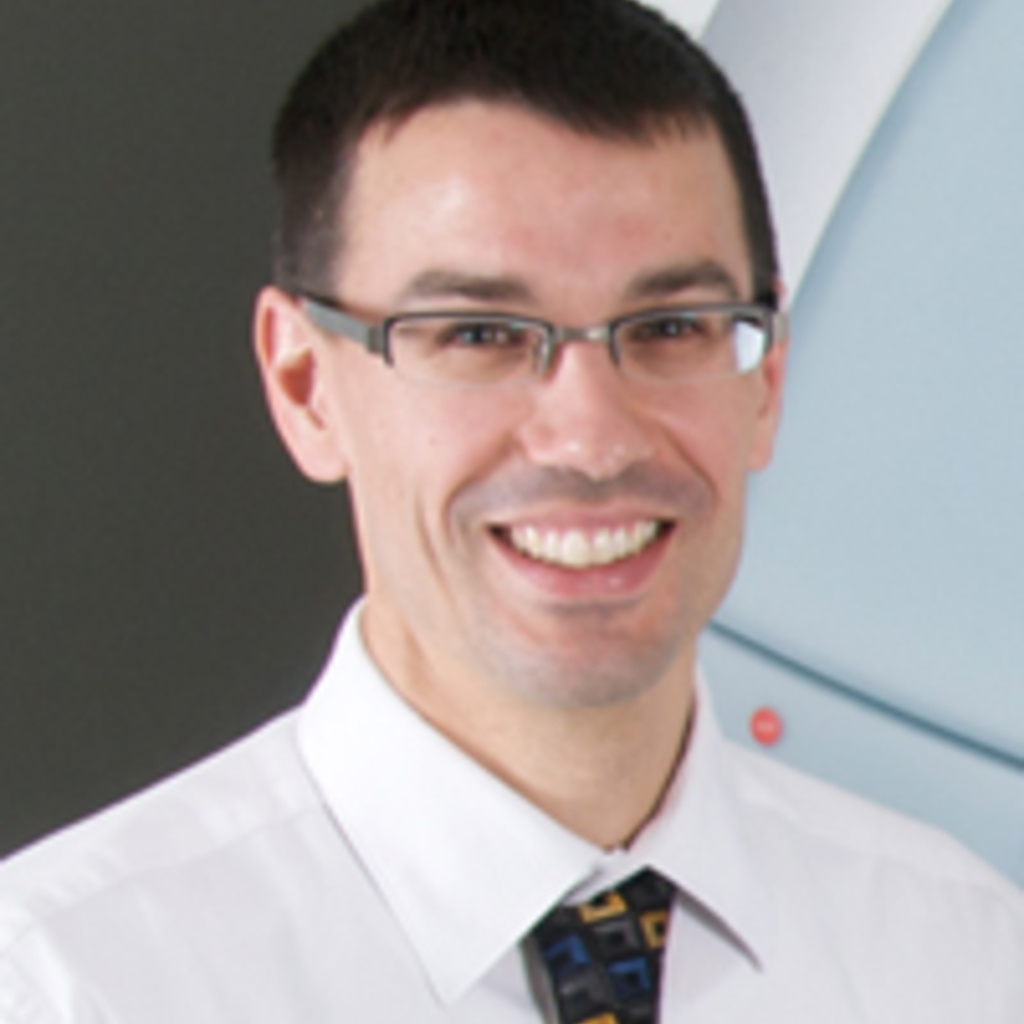
Vincent Magnotta, PhD
Title/Position
Professor of Radiology - Division of Neuroradiology
Research Interest: Development of novel imaging approaches and analysis strategies to better understand the psychiatric and neurological brain disorders
Pagination